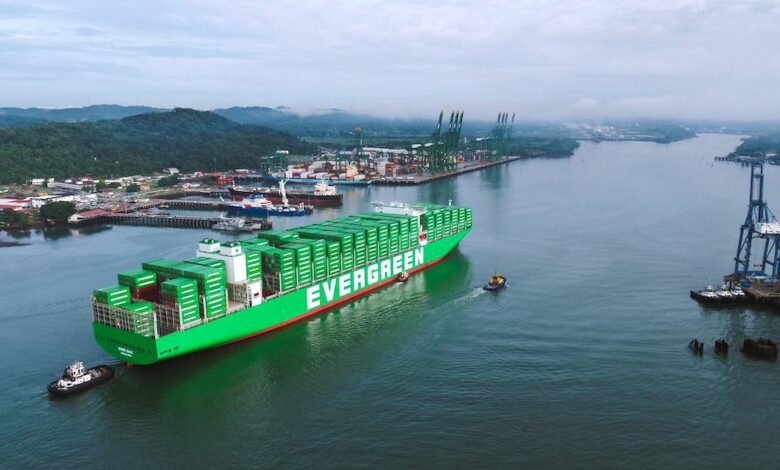Next two months ‘pivotal’ in Panama’s battle to keep canal water levels topped up

The daily deficit of water at the Gatun reservoir in the centre of the Panama Canal is the equivalent of 1,200 Olympic-sized swimming pools, with the canal’s administrators warning yesterday that water levels at the lake are at their lowest levels ever recorded during a rainy season.
The Gatun reservoir is crucial for transits along the fresh water canal. Panama has endured an unprecedented drought this year which has seen draft and transit restrictions put in place across the canal in a bid to conserve water. The reservoir today is 2.1 m below its anticipated level for this time of year.
Because of the El Niño weather phenomenon, the average accumulated rainfall in the canal’s watershed for 2023 is 25.6% less than the average over the past 73 years with the canal’s administrators describing the next 80 days of the rainy season as “pivotal” to increase water storage ahead of the upcoming dry season in 2024.
The canal authorities are working with parliamentarians to get a 2006 law changed so that the canal can build a new reservoir – to be called Rio Indio – to keep the key Gatun Lake water levels high as well as providing potable water to the growing Panamanian population.
Aware of the ongoing drought potential across the country in this El Nino-hit year, the Panama Canal Authority has taken the decision to cut daily transits even further from the start of November.
Hit by parched conditions for much of 2023, the administrators of the canal have slashed the maximum draft at the larger neopnamamax locks by nearly 2 m as well as cutting daily transits from 40 to 32 a day. This total will now be cut by one to 31 transits a day from November 1, split between nine through the neopanamax locks and 22 through the panamax locks.
The canal’s administrators have done well over the past six weeks to slash waiting times at both ends of the waterway, from a peak of more than 160 ships in early to mid-August to 100 ships today, a figure similar to this time last year and only 10 above the average of the past seven years.
The El Niño weather phenomenon tends to bring drier conditions for a longer period to Panama, likely meaning that draft and transit restrictions will be in place throughout the first half of next year.

